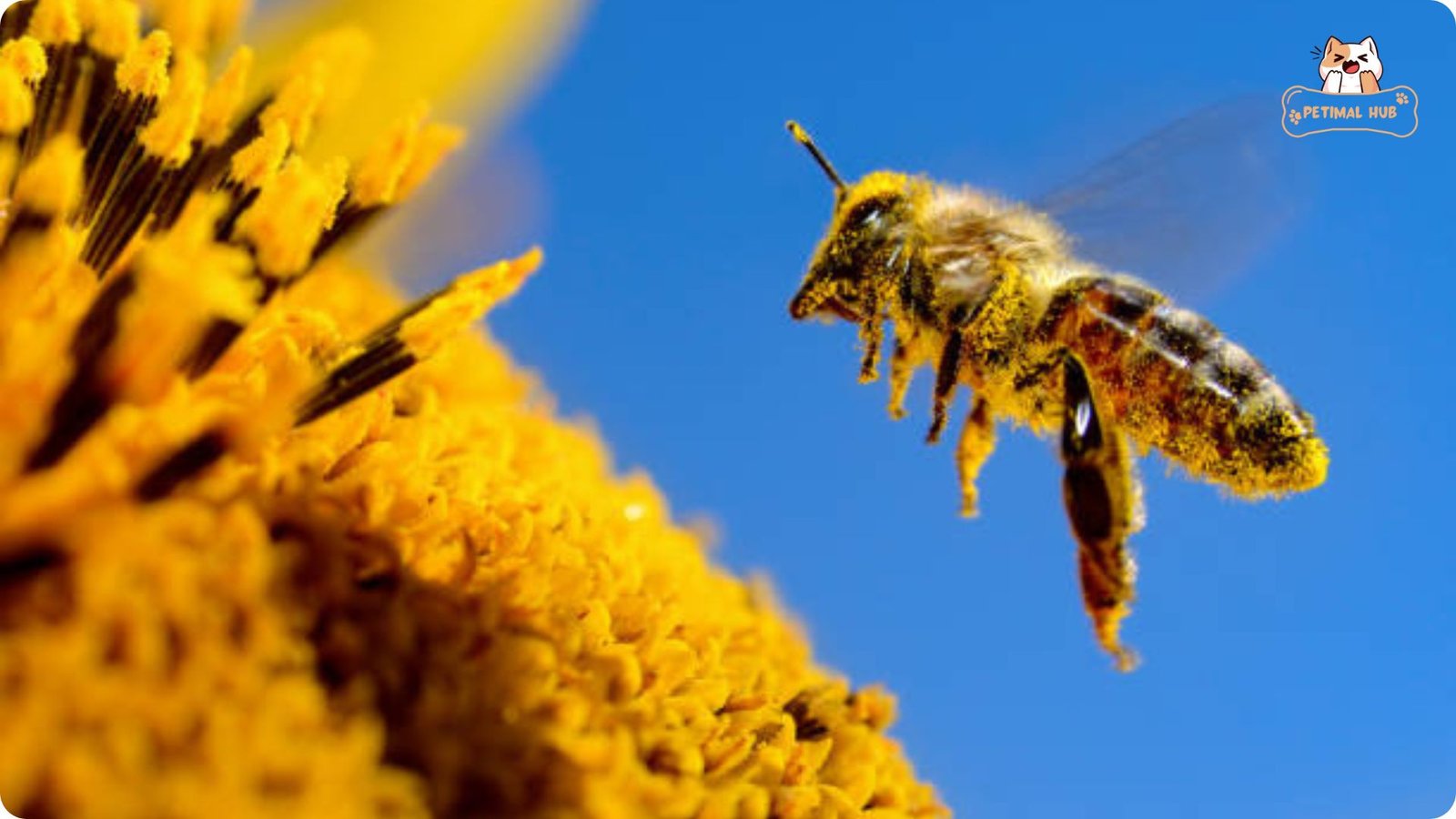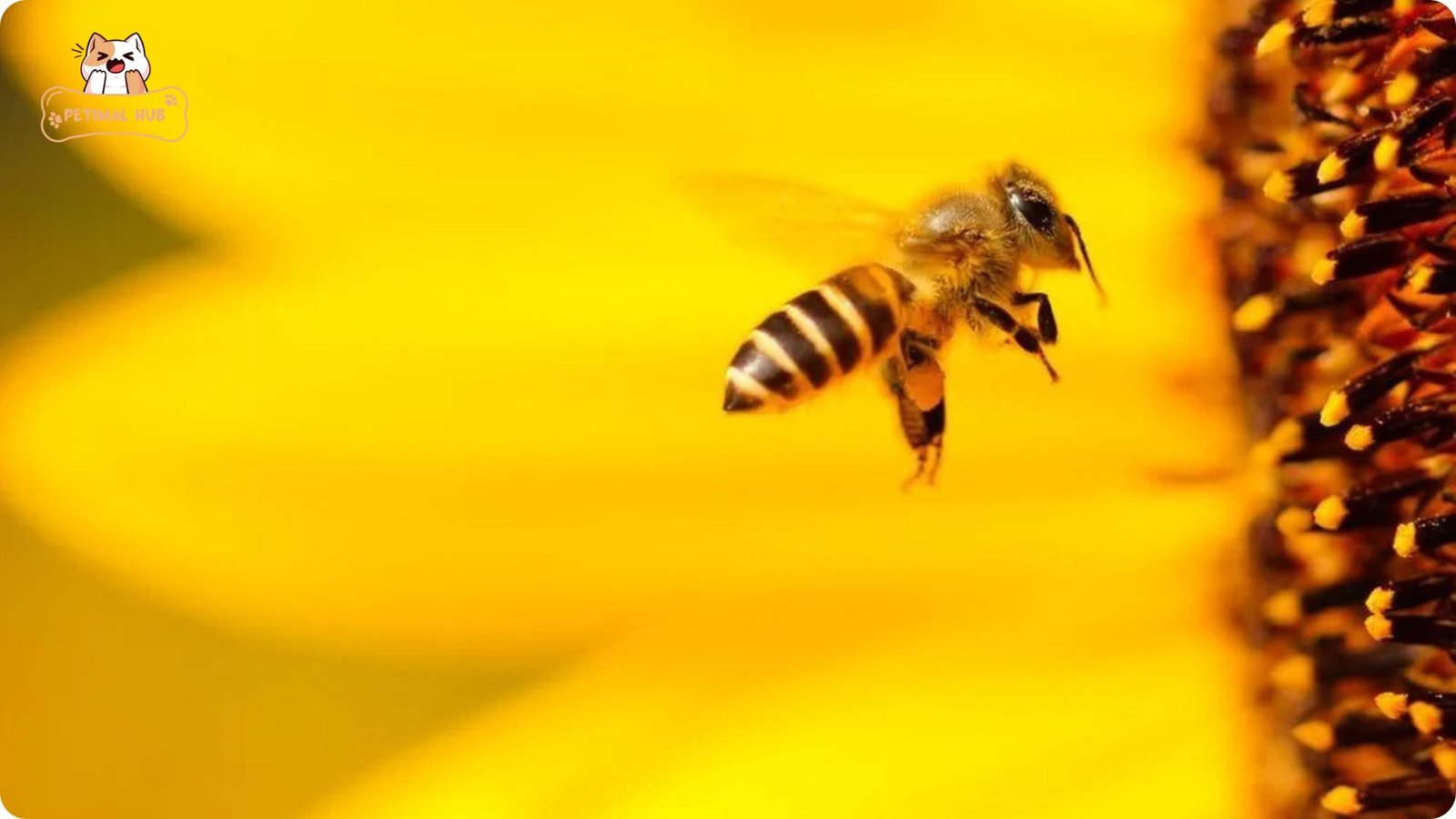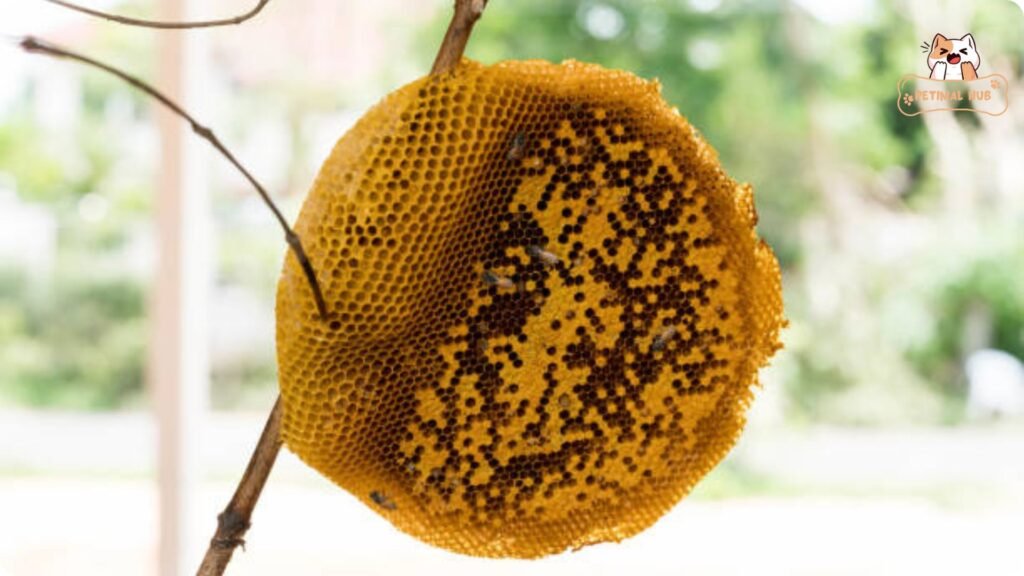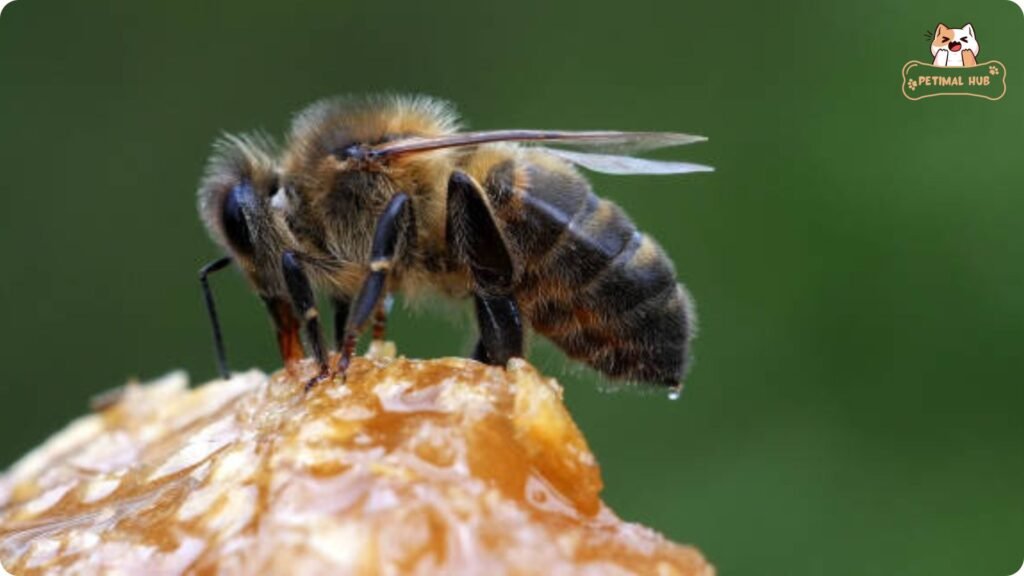
- Bee, Blog
How Much Does a Bee Weigh?
- November 12, 2024

Bees, often regarded as nature’s unsung heroes, have captivated human fascination for centuries. While their role in pollination and honey production is well-documented, the weight of these tiny creatures might seem inconspicuous. However, a closer examination of the weight of bees unveils a fascinating realm of adaptations, functions, and ecological importance.
So, we conclude the exploration of How Much Does a Bee Weigh? In such way. In this comprehensive exploration, we will delve deeper into the intricacies of bee weight, understanding the factors that influence it and appreciating the profound implications it carries within the grand tapestry of the natural world.
The Basics - Factors Influencing Bee Weight

To comprehend the weight of a bee, it is crucial to consider the multifaceted factors that contribute to its mass. Bees, belonging to the order Hymenoptera, exhibit incredible diversity with over 20,000 identified species worldwide. The weight of a bee is not a fixed characteristic but varies across species and can be influenced by several key factors:
Species Variation
- The sheer diversity of bee species contributes to a wide range of sizes and weights. From the diminutive stingless bees to the larger bumblebees and honeybees, each species has its unique characteristics, including weight.
Life Stage:
- Bees undergo distinct life stages, from egg to larva, pupa, and adult. The weight of a bee can fluctuate during these stages, with newly emerged adult bees generally being lighter than older, foraging bees.
Sexual Dimorphism:
- Many bee species exhibit sexual dimorphism, where there is a noticeable difference in size between males (drones) and females (workers and queens). Queen bees, responsible for laying eggs, are generally larger and heavier than worker bees, while drones fall in between.
Foraging Activities:
- The weight of a bee can be influenced by its foraging activities. Bees engage in frequent flights between flowers and their nests, carrying pollen and nectar. The energy expended during these flights can impact their weight, with foraging bees potentially being lighter than those resting in the hive.
Environmental Factors:
- External conditions such as temperature, humidity, and overall environmental health can influence a bee’s weight. Bees may be heavier when environmental conditions are favorable for foraging and lighter during adverse conditions.
Understanding these factors provides a foundation for appreciating the dynamic nature of bee weight and its role in the intricate balance of ecosystems.
Also, Read More: What Colors Do Bees Hate?
The Nuts and Bolts - The Actual Weight of Bees

Now that we’ve considered the factors influencing a bee’s weight, let’s delve into specific numbers. The weight of a bee is typically measured in milligrams (mg) or micrograms (µg), underlining the lightweight nature of these remarkable insects.
Honeybees:
- Honeybees, among the most well-known and economically important bee species, exhibit variations in weight among their castes. Worker bees, the smallest of the three castes, generally weigh between 80 and 120 mg. Queen bees, on the other hand, are significantly heavier, with weights ranging from 150 to 200 mg. Drones, the male bees, typically weigh around 150 mg. These variations highlight the specialized roles each caste plays within the hive.
Bumblebees:
- Bumblebees, with their robust and fuzzy appearance, display considerable weight diversity among species. Smaller bumblebees may weigh as little as 100 mg, while larger species can exceed 1 gram (1000 mg). The weight of a bumblebee can also fluctuate based on factors such as the availability of food and the stage of the colony life cycle.
Stingless Bees:
- Stingless bees, found predominantly in tropical regions, are among the smallest bee species. Their weight can range from a mere 1 to 20 mg, emphasizing the incredible diversity within the bee world. Despite their small size, these bees play essential roles in pollination within their ecosystems.
Bee Species | Caste | Weight Range (mg) |
|---|---|---|
Honeybee | Worker | 80 - 120 |
Honeybee | Queen | 150 - 200 |
Honeybee | Drone | ~150 |
Bumblebee | Varies by species | 100 - 1000 |
Stingless Bee | Varies by species | 1 - 20 |
This table provides a quick reference to the weights of different bee castes in honeybees, as well as the general weight range for bumblebees and stingless bees. It reinforces the idea of How Much Does a Bee Weigh? With significant variations in bee weights among species and castes.
The Significance of Bee Weight in Ecological Context

While the weight of a bee might initially seem like a minor detail, it holds considerable ecological significance that reverberates through ecosystems. Bees, being integral to the pollination of flowering plants, contribute directly to the reproductive success of numerous plant species. Unravelling the importance of bee weight sheds light on various ecological aspects:
Foraging Efficiency:
- The weight of a bee is closely linked to its foraging efficiency. Lighter bees may have an advantage when navigating through dense vegetation and accessing nectar in flowers with delicate structures. Conversely, larger bees might be more robust and efficient in adverse weather conditions.
Pollination Dynamics:
- Bees, through their pollination activities, facilitate the reproduction of plants. The weight of a bee influences its ability to carry and transport pollen effectively. Lighter bees may visit a greater number of flowers during a foraging trip, potentially enhancing the overall pollination process.
Colony Dynamics:
- Within a bee colony, the weight of individual bees contributes to the overall health and functioning of the hive. Worker bees with varying weights may have specialized roles, with lighter individuals being more suited for tasks that require agility, such as foraging, while heavier individuals may excel in tasks within the hive.
Climate Adaptations:
- The weight of bees can also be viewed in the context of climate adaptations. In colder climates, where energy conservation is crucial, bees may be smaller and lighter to optimize flight efficiency and conserve energy during foraging.
Understanding these ecological dynamics emphasizes the intricate web of relationships between bees and their environment.
Also, Read More: How Long Can a Bee Live Without Food?
The Weight of Responsibility in Bee Conservation

In the grand tapestry of nature, where every organism plays a unique role, the weight of bees emerges as a crucial aspect of their biology. From foraging and pollination to colony dynamics and climate adaptations, the weight of a bee intertwines with its ecological significance.
As we continue to unravel the mysteries of these tiny aviators, the importance of understanding their weight becomes increasingly evident. As we marvel at the intricate dance of bees among flowers, let us not overlook the weighty impact they have on the ecosystems they inhabit.
The next time you encounter a bee buzzing by, laden with pollen and nectar, take a moment to appreciate the delicate balance of nature that hinges on the surprisingly substantial weight of these tiny, yet mighty, creatures.
The Future of Bees - A Weighty Responsibility for Conservation

While we’ve explored the current understanding of How Much Does a Bee Weigh? and its ecological implications, it is imperative to acknowledge the challenges that bees face in the contemporary world.
Bees, like many other pollinators, are under threat due to factors such as habitat loss, pesticide use, climate change, and disease. As we witness declines in bee populations globally, the weight of our responsibility for their conservation becomes even more profound.
Impact of Human Activities:
Human activities, particularly the conversion of natural habitats into agricultural land, urbanization, and the use of chemical pesticides, have adverse effects on bee populations. These activities not only disrupt the availability of forage and nesting sites but also introduce toxins that can harm bees directly.
Climate Change:
Climate change poses additional challenges for bees. Shifts in temperature and precipitation patterns can affect the availability of flowering plants, disrupting the synchronized timing between plants and their pollinators. Bees, adapted to specific climatic conditions, may face difficulties in finding suitable forage.
Disease and Parasites:
Bees are susceptible to diseases and parasites, further compromising their health and survival. Varroa mites, for example, are notorious for infesting honeybee colonies and weakening the bees.
Conservation Efforts:
Recognizing the vital role bees play in ecosystems, there is a growing global awareness of the need for bee conservation. Conservation efforts include the protection of natural habitats, the promotion of pollinator-friendly agricultural practices, and the reduction of pesticide use. Creating pollinator-friendly gardens and supporting local initiatives that aim to protect bees are actions that individuals can take to contribute to bee conservation.
Research and Education:
Ongoing research into the biology, behavior, and ecology of bees is crucial for developing effective conservation strategies. Educating the public about the importance of bees and the threats they face fosters a deeper understanding of the intricate relationships within ecosystems.
In the face of these challenges, regarding the weight of our responsibility becomes clear. Bees, with their modest size and weight, carry the weight of ecosystems on their delicate wings. The decline of bee populations could have cascading effects, impacting not only the diversity of plant species but also the animals that depend on those plants for food and shelter.
Conclusion
In conclusion, the weight of a bee, though seemingly inconsequential at first, unravels a tapestry of ecological interconnectedness. From the intricacies of foraging and pollination to the challenges posed by human activities and climate change, the weight of bees is intertwined with the health of our planet.
As stewards of the Earth, it is our responsibility to recognize the significance of bees and take concerted actions to ensure their well-being. The weight of our decisions, whether in urban planning, agriculture, or personal choices, can tip the scales in favour of bee conservation. By appreciating the weight of these tiny aviators, we can usher in a future where the hum of bees continues to harmonize with the rhythm of nature.





